Demodectic mange
Demodectic mange (or demodicosis) is a parasitic disease generated by the "Demodex" mite that invades the hair follicle and sebaceous glands of the dog. If the demodex is in small numbers, its presence on the dog is normal; if it develops in large quantities it becomes pathogenic. Demodicosis is not a contagious disease for healthy animals and is not transmitted to humans. Until recently it was thought to be transmitted from the mother to the puppies during childbirth and breastfeeding. Today, veterinarians agree that there is instead a hereditary predisposition to contract this disease. It occurs mainly in two forms: one localized and one generalized. The localized form mainly affects puppies under the year of life, it presents with hairless spots around the head, neck and forelimbs. In bulldogs, the localized form is very frequent and underestimated: the owner in fact often does not notice or does not care, because there are only some rarefactions of the hair or small alopecic areas (areas without hair) mainly on the head and on the muzzle. Symptoms are evident near the first physiological stress which is represented by the first heat in females and during the relative hormonal storm in males. These localized forms are considered self-limiting and self-healing. However, many vets prefer to treat them anyway for the fear that they will transform into the generalized form, which is instead a more serious pathology. The generalized form presents with patchy or diffuse alopecia that transform into erythema and scabs that give rise to a scaly form. Bacterial infection of these areas can develop secondary pyoderma, sometimes causing very deep damage. Dogs that have contracted generalized demodicosis should not be used in breeding, while there are no restrictions for localized forms. The best method to check the presence of Demodex is to carry out a skin scraping and, in the most serious cases, to combine it with general blood tests (complete blood count) to evaluate the general condition of the dog.
Read more by clicking on the images or categories
- All
- Dermatology
- Eye Pathologies
- Prophylaxis and Vaccines
- Bulldog Breathing
- Reproduction
- Various

LAMENESS

OTITIS

HIP DYSPLASIA

INGROWN TAIL

SWIMMING PUPPY SYNDROME

CHONDROPROTECTED

OTOHEMATOMA

KILLITAM
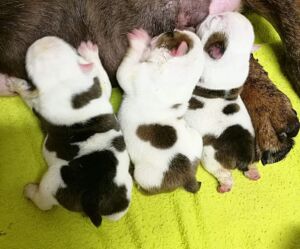
PYOMETRA

MONORCHIDISM AND CRYPTORCHIDISM

HYSTERIC PREGNANCY
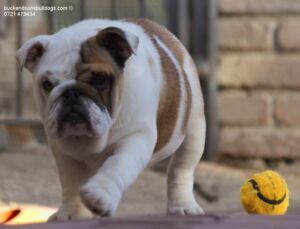
HEAT AND FALSE HEAT
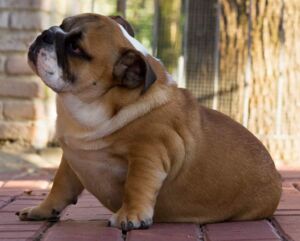
PROLAPSE OF THE URETHRA

DISTICHIASI

ENTROPION

HYPERTROPHY OF THE GLAND OF THE THIRD PALPEBRA (CHERRY EYE)

HEAT STROKE

WHY DOES THE BULLDOG BREATHE BAD?

LEPTOSPIROSIS
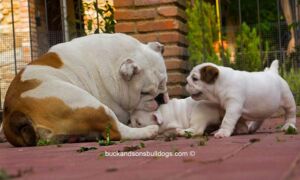
VACCINAL PROPHYLAXIS

LEISHMANIOSIS

PHILARIOSIS

ATOPIC ALLERGY

PIODERMITE

INTERDIGITAL CYSTS

PODODERMATITIS

ACNE
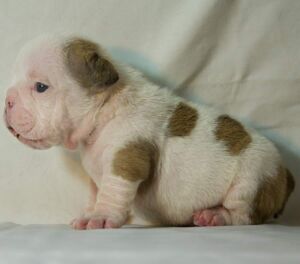
CYCLIC ALOPECIA OF THE FLANK

DEMODECTIC MANGE
Menu

